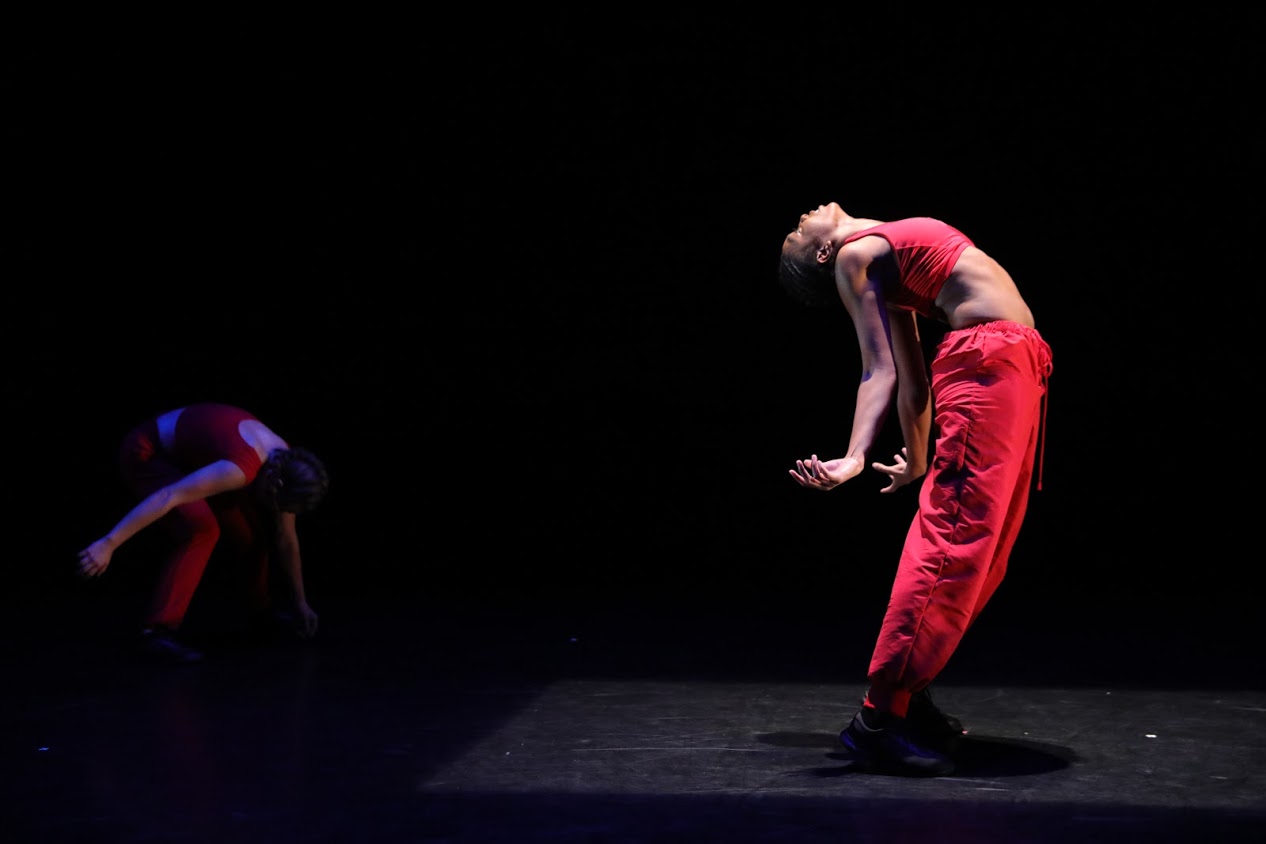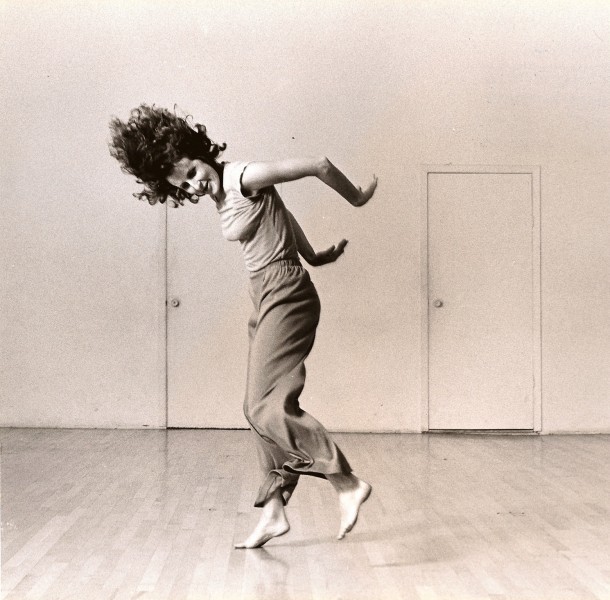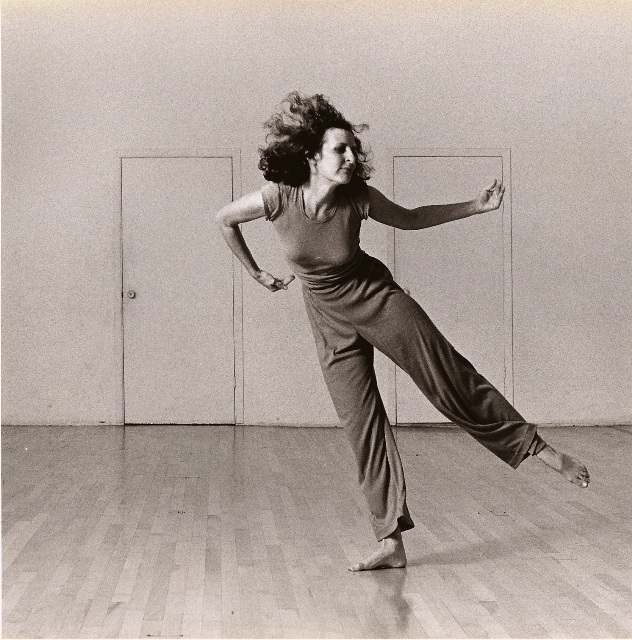This weekend, CalArts Winter Dance at Redcat takes an iconic turn with a presentation of works by revolutionaries Jawole Willa Jo Zollar, Trisha Brown, Rennie Harris, Jiří Kylián, and Merce Cunningham, staged by dancers who carry deep histories of the choreographers’ practices and intentions.

Cunningham’s CANFIELD (1969) will be staged by his former company member Holley Farmer, Zollar’s SHELTER (1988) by fellow Urban Bush Women member Marjani Forté, and Brown’s SOLO OLOS (1976) by her former company member Samuel Wentz.

For CANFIELD, Ben Richter, Justin Scheid, and Davy Sumner will perform a score by Pauline Oliveros, and actor-vocalist Toritseju Danner and drummer Emilia Moscoso Borja will accompany SHELTER.

Kylián’s FALLING ANGELS is staged by Fiona Lummis, who danced with Nederlands Dans Theater in the 1989 premiere of the piece. Live percussion will be provided by drummers Brandon Carson, Katie Eikam, Jason Fragoso, and Kevin Good performing a composition by Steve Reich.
FACING MEKKA was choreographed in 2003 by Harris—whose new Lazarus for the Alvin Ailey company created a sensation in New York last week—and will be staged by Nina Flagg, a former member of Rennie Harris Puremovement.

Friday and Saturday, December 7 and 8, at 8:30 pm.
Redcat
631 West 2nd Street, downtown Los Angeles.
From top: Facing Mekka, Rennie Harris; Canfield, Merce Cunningham; Shelter, Jawole Willa Jo Zollar; Solo Olos, Trisha Brown; Falling Angels, Jiří Kylián; and Facing Mekka. All images from the CalArts Winter Dance Concert, November 2018, at CalArts. Photographs by Rafael Hernandez, courtesy CalArts. Special thanks to Kelly Hargraves and Margaret Crane.

















